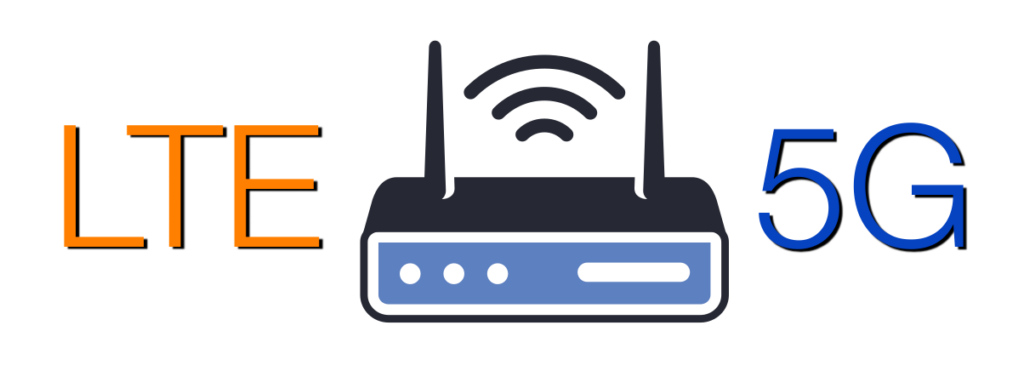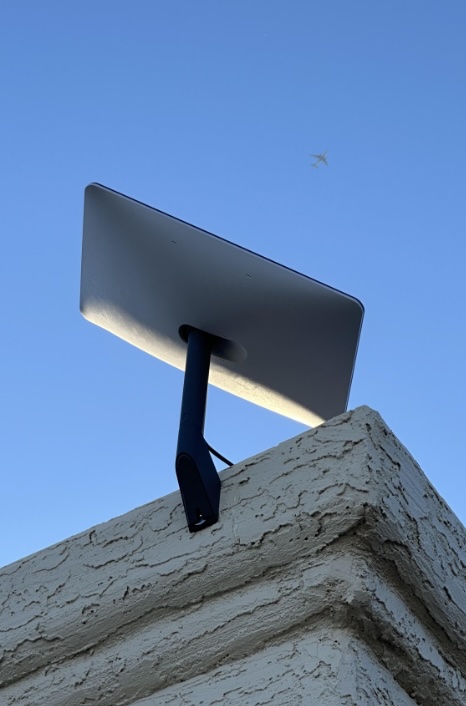The ongoing improvement of 5G performance in the United States is closely tied to the increasing availability of mid-band spectrum. In March 2024, T-Mobile began utilizing additional 2.5 GHz spectrum acquired in a 2022 auction, significantly boosting its 5G network capacity, particularly in rural areas. This led to a notable increase in median download speeds, […]
Tag: Latency
What is a 5G Base Station?
As the world continues its transition into the era of 5G, the demand for faster and more reliable wireless communication is skyrocketing. Central to this transformation are 5G base stations, the backbone of the next-generation network. These base stations are pivotal in delivering the high-speed, low-latency connectivity that 5G promises. A 5G base station is […]
Comparing LTE Routers with 5G Routers
UPDATE – 11/4/2024 – To help make your decision between LTE and 5G routers easier, 5Gstore recently launched a powerful new tool—the 4G/5G Router Comparison Tool. This tool is designed to simplify your search for the perfect router by allowing you to compare up to four devices side-by-side. With detailed insights into specifications like LTE/5G […]
Starlink: When It Makes Sense to Use It (and When It Doesn’t)
In the rapidly expanding universe of internet connectivity, Starlink, a satellite internet service provided by SpaceX, has emerged as a game-changer for many. Its mission to provide high-speed internet across the globe, especially in underserved areas, has both intrigued and confused potential users about its best applications. This comprehensive look aims to demystify when it […]
The Synergy of 5G and Cloud Gaming: Transforming the Gaming Landscape
The gaming industry is currently undergoing a revolutionary transformation, driven by the intersection of 5G cellular networks and the rise of cloud gaming. In this article, we will explore the myriad advantages of cloud gaming and how the integration of 5G technology addresses crucial challenges, particularly in mitigating latency. Additionally, we will delve into the […]
Ookla SpeedTest Q3 2023 Results Show T-Mobile is Still in the Lead
As of yesterday, Ookla released their latest data on 5G speeds for the third quarter of 2023. Results are showing the difference between 5G and fixed broadband download speeds in the U.S. is getting closer. Scoring a Median Download Speed of 221.57 Mbps, T-Mobile led the race. That’s compared to Verizon’s 153.79 Mbps median download […]
Breaking Down Internet Speed Tests
The internet has become an integral part of modern life, enabling seamless communication, entertainment, and access to information. However, the quality of our online experiences greatly depends on the speed and reliability of our internet connection. Internet speed tests are essential tools that allow users to measure the performance of their internet connections accurately. In […]
How Important is Latency to 5G Users?
According to Ericsson, user experience is all about “time-to-content” – in other words, how fast does my video start or my webpage load after I click to open it? Based on a study the company recently conducted, they found that latency is rarely a factor when it comes to user satisfaction. Reiner Ludwig, Strategic Product […]



